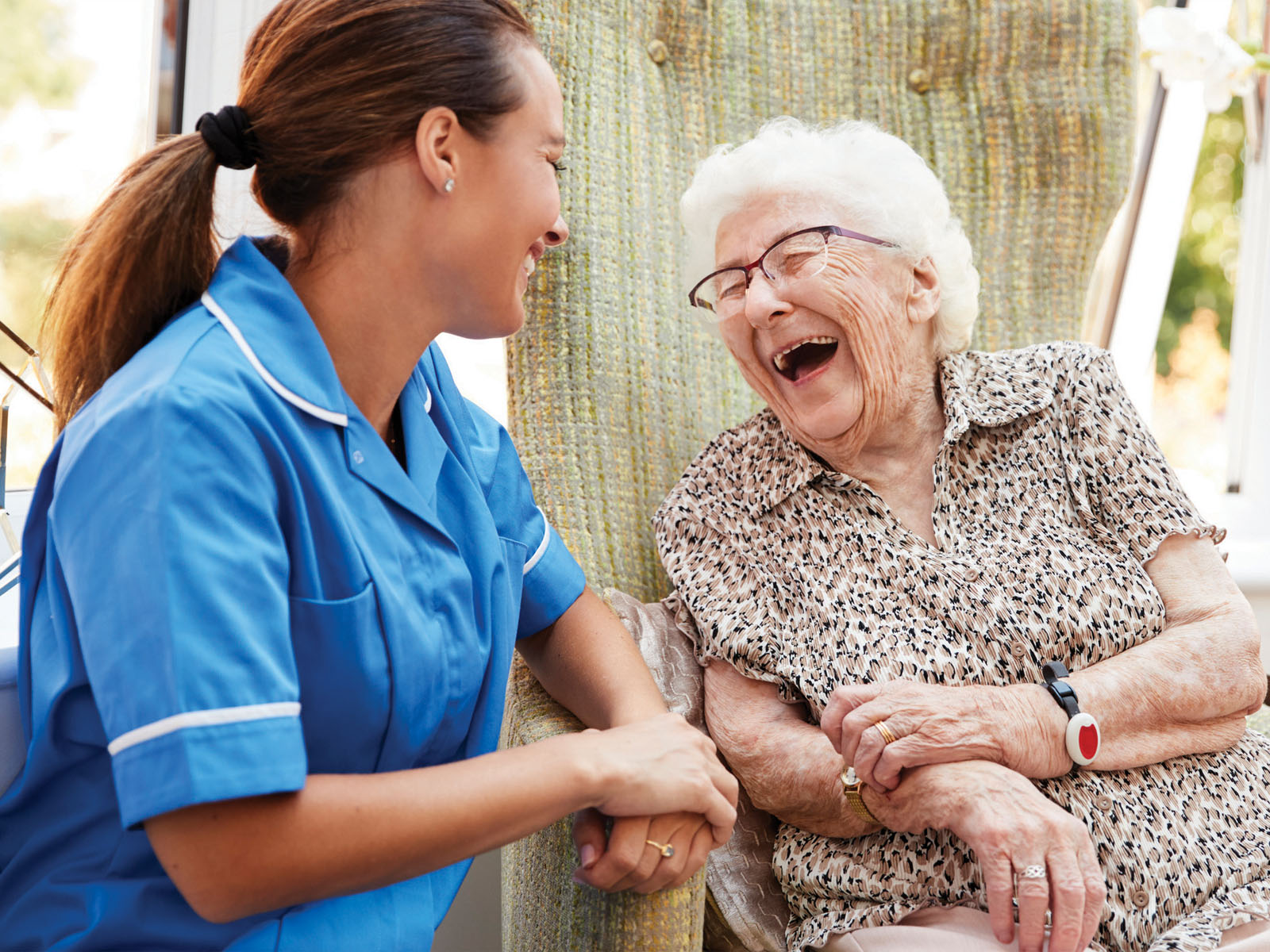(And how to prevent them)
By Mary Bart
The previous article looked at home safety issues both inside and outside your home and the best ways to resolve them. In this instalment, we specifically look at ways to stay safe in your bathroom.
Bathroom safety
According to the National Institute of Aging, 80% of falls by seniors occur in the bathroom.
Solution:
• Eliminate throw rugs. Although they are nice to stand on, the chances of tripping over them is too big a risk.
• Lower the water heater temperature. Seniors often have thinner skin and may be more likely to be badly burnt from scalding water. Hot water should be 48c or lower. It is also a good idea to install a thermostatic mixing valve that will adjust the water temperature when someone in another part of the home is also using water. Consult with a plumber to learn more about how to make the hot water in your home safer.
• Switch to a hand-held shower handle and a shower bench. Using a combination of these two items, will make for a much safer shower. The hand held shower head allows for the shower head to be moved around the person’s body instead of the person turning around the wall mounted shower head. The shower bench allows the senior to sit through the whole shower, not have to move around, thus creating less likelihood of falls and less chance of getting “tired out”. Most benches are specifically designed for the shower with rubber tips to stop the bench from sliding and are made of durable, waterproof material.
• Install a walk-in-tub. These tubs allow for people with mobility issues to enter a bathtub without having to step over a threshold. Many walk-in-tubs come equipped with hydro-jets which can help reduce pains from aching limbs and joints.
• Install grab bars. These bars can be added beside the toilet, next to the bath or shower. Grab bars offer help with leverage, balance and reduce the chances of a full fall to the floor. Don’t use a towel rack as a grab bar. Towel racks are not designed to support the weight that a grab bar can. Grab bars are designed to be bolted into wall studs, thus making them more likely to support a person’s weight. If wall space is limited, there are floor-to-ceiling tension poles that can act as grab bars.
• Install double-sided door locks. Having a lock on both sides of the bathroom door will allow anyone on the outside of the bathroom to come in case of an emergency, while also respecting the need for privacy inside the bathroom. If someone falls in the bathroom and the door is locked from the inside, this complicates the situation and slows down getting help to the fallen person.
• Towel Placement. Towel holders should be placed within close reach to the sink, tub and shower. Good placement will decrease the risk of inquiry from stretching and straining.
• Install tub and shower non-slip strips. These are affordable ways to increase safety in the tub and shower. Most hardware stores sell a variety of strips, many that come in decorative, fun shapes and colours.
• Purchase a Toilet Seat Riser. For toilets with low seating, a riser is a welcomed addition to the bathroom. Coupled with a few grab bars, this combination will help reduce the risks of bathroom falls.
• Clear the clutter. Keep the bathroom free of magazine racks, extra towels and worn clothing. Anything that can be tripped over should be considered as a hazard. Reduce the clutter and you will reduce the risks of falling.
• Install better lighting. Proper lighting is critical in order to see what obstacles may be on the floor or countertops. Consider installing a motion light in your bathroom. This is great for seniors in the middle of the night, as it will turn on automatically when someone enters the bathroom. Make sure to have night lights from a bedroom to the bathroom, including any hallways.
• Keep the floor dry. Don’t allow pooling of water to stay on the floor. Wipe up any water on the floor as soon as possible. Even the smallest amount of water on the floor increases the chances of slipping and falling.
• Install a medical alert system. A two-way communication devise in the bathroom will help in case of an emergency, especially if the senior is the only one at home.
• Widen doorways to allow wheelchairs to roll into the bathroom. Install countertops at lower levels – also so that wheelchairs can roll right up to the sink.
• Take your time. Don’t rush while headed for the bathroom or while in the bathroom. Rushing will only make your blood pressure rise, increase your stress levels and increase your chances of falling.
Mary Bart is the chair of Caregiving Matters, an Internet-based charity that offers education and support to family caregivers.













